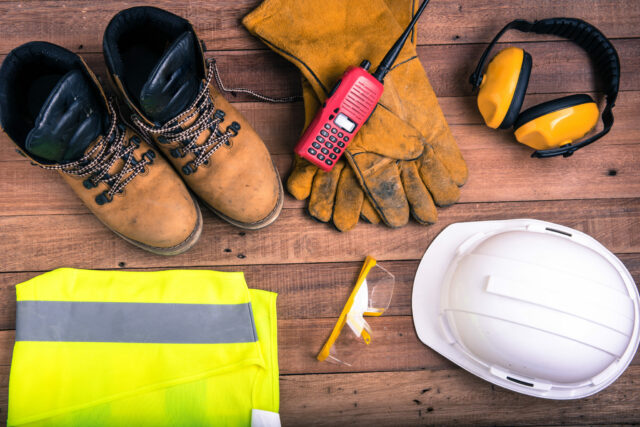Construction sites are bustling hubs of activity where skilled workers transform plans into physical structures. While construction is essential for progress, it’s also one of the most hazardous industries.
Ensuring workers’ safety and the site’s security is highly crucial. In this blog post, you will explore why construction safety is crucial. It will also outline nine best practices to keep both workers and construction sites.
Table of Contents
Why Is Construction Safety Important?
The construction industry is naturally full of dangers, with risks everywhere you look. These risks include falls, electrical accidents, construction equipment mishaps, and exposure to harmful substances.
Prioritizing safety, as Prolific Stone does, protects workers from harm, enhances project efficiency, and reduces costly delays. It’s a win-win for everyone involved.
9 Construction Site Safety Best Practices
To maintain a secure construction environment, here are nine best practices that every construction site should follow:
1. Identify Risks
Begin with a thorough risk assessment. Identify potential hazards unique to your construction project, whether working at heights, with hazardous materials, or operating heavy machinery. Regularly reassess these risks as the project progresses. This way, you can manage and minimize any accidents or issues.
2. Conduct Safety Training
Properly trained workers are the first line of defense against accidents. Offer thorough safety training to all workers, including newly hired ones. The training highlights high-risk areas and delivers essential instructions for emergency management. Also, regular refresher courses are necessary to ensure safety protocols are always in mind.
3. Place Clear Signage
Clearly, marked signage serves as a visual guide for workers. It helps them identify danger zones, safety exits, and essential safety procedures. Use universally recognized symbols for quick comprehension. Also, include a 24-hour emergency contact number and directions to the site office through a map or written directions.
4. Always Wear PPE
Wearing Personal Protective Equipment (PPE) is an essential safety requirement. This includes helmets, gloves, safety glasses, high-visibility vests, and appropriate footwear. Ensure workers understand when and how to use PPE correctly.
5. Give Clear Instructions
Effective communication is key to safety. Ensure that instructions are concise, clear, and understood by all workers. Encourage an open dialogue for reporting safety concerns or seeking clarification.
6. Store and Organize Tools and Chemicals Properly
A clutter-free and organized workspace reduces the risk of accidents. Store tools, equipment, and chemicals in designated areas and maintain them properly. You can implement a ‘clean as you go’ policy and include it in the safety training.
7. Create an Emergency Plan
Prepare for the unexpected by having a well-documented emergency plan. Include clear paths for evacuation, contact details for emergencies, and steps for fire, accidents, and severe weather events. To strengthen the emergency plan, hold regular practice drills.
8. Report Accidents and Issues ASAP
Encourage a culture of reporting accidents, near misses, and safety concerns immediately. Timely reporting allows for swift resolution and prevention of future incidents.
9. Use the Right Equipment For the Right Job
Using the correct tools and equipment for each task is crucial. Regularly inspect machinery for defects and ensure it’s operated by trained personnel. Follow manufacturer guidelines for maintenance.
10. Clear Exit and Entry Points
Establishing distinct entry and exit points is advisable to enhance pedestrian safety in high-traffic areas. You must designate the exit and entry points of heavy machinery and vehicles from construction site workers. This separation serves multiple critical purposes, promoting pedestrians’ safety and the efficient flow of construction operations.
Building Safety, One Site at a Time
Construction safety is not a luxury; it’s a necessity. Remember that a secure construction site is also a site that gets the job done efficiently.
By implementing these best practices, construction sites can minimize risks, protect workers, and ensure projects progress smoothly.








